Dream Big With An Arlington Bathroom Remodel!
Are you planning an Arlington bathroom remodel and want your new space to feel bigger and more luxurious? We’ve got you covered. Whether you’re planning an addition or keeping an existing footprint, you can make your space feel bigger with a few time-tested tricks.
- Tile To The Ceiling: Taking the tile up to the ceiling makes any space feel bigger because it draws the eye upwards, taking advantage of the height of your room.
- Tile On Point: This is trade-speak for tiling your floors in a diagonal pattern. This detail draws the eye forward, making the room feel longer and bigger.
- Frameless Shower Doors: Shower doors with minimal framing and clear glass can make a space feel larger. Another option is to use a clear glass panel beside the showerhead as opposed to a door. This splash panel will keep water in without the space concerns of a swinging door.
- Less Contrast: While we love a vanity cabinet with a contrasting top, keeping all finishes in similar tones will make a space feel bigger. For example, a white vanity cabinet with a white Carrara marble top and dove gray paint is timeless, still has dimension, but won’t interrupt the eye.
- Floating Vanities: A floating vanity screws into a fully-reinforced wall. By lifting the cabinetry off the floor, your bathroom will feel more spacious, with fewer items obstructing the eye.
Hire A Professional Design-Build Firm To Handle The Details.
Design-build firms offer a one-stop shopping experience for your Arlington bathroom remodel. Schedule an in-home consultation with one of our talented designers. They’ll put together a game plan and connect with the carpenters to discuss a realistic design that works for you and your home. At Foster Remodeling Solutions, our perfect process provides peace of mind for an Arlington bathroom remodel you’ll love. Ready to get started?
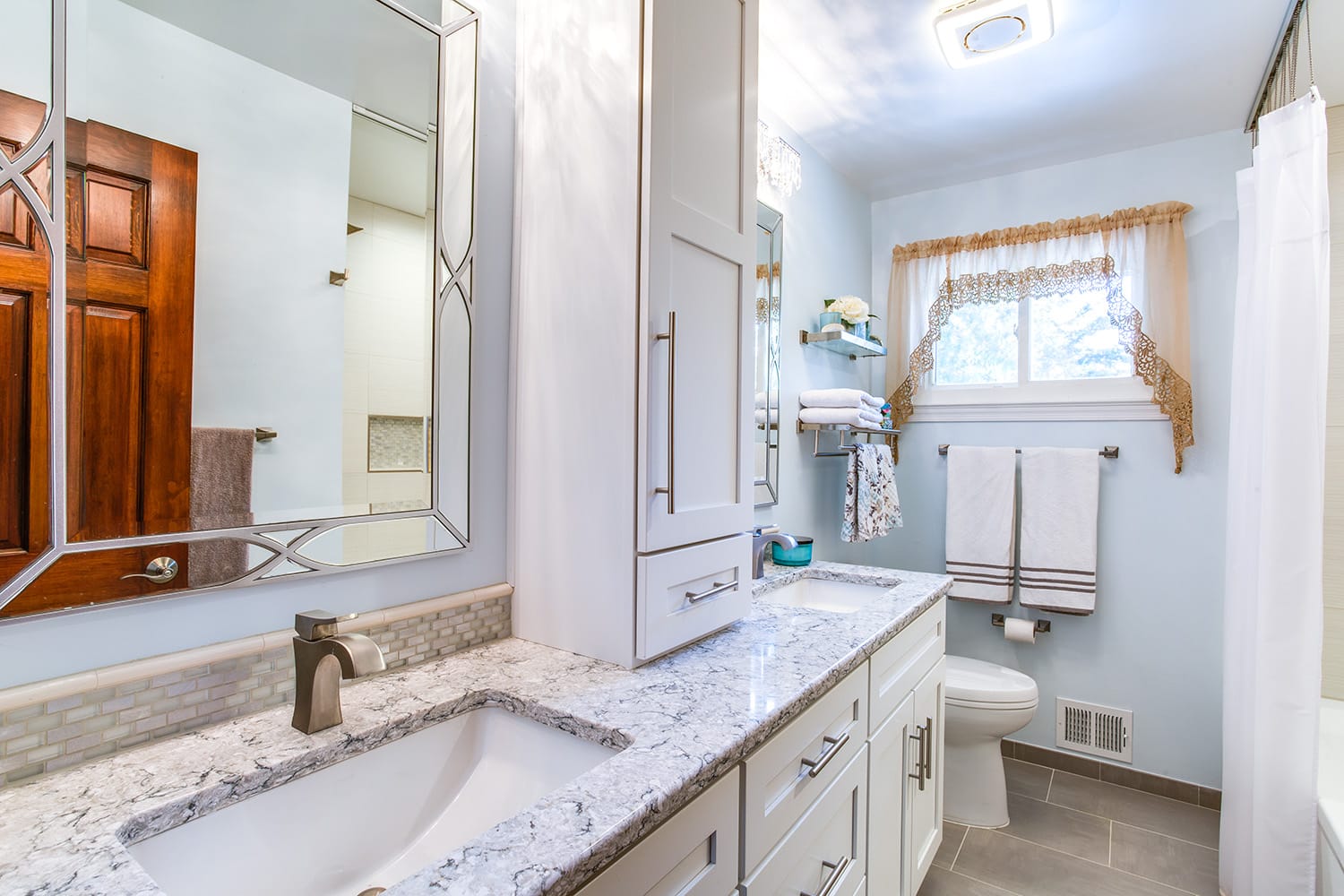
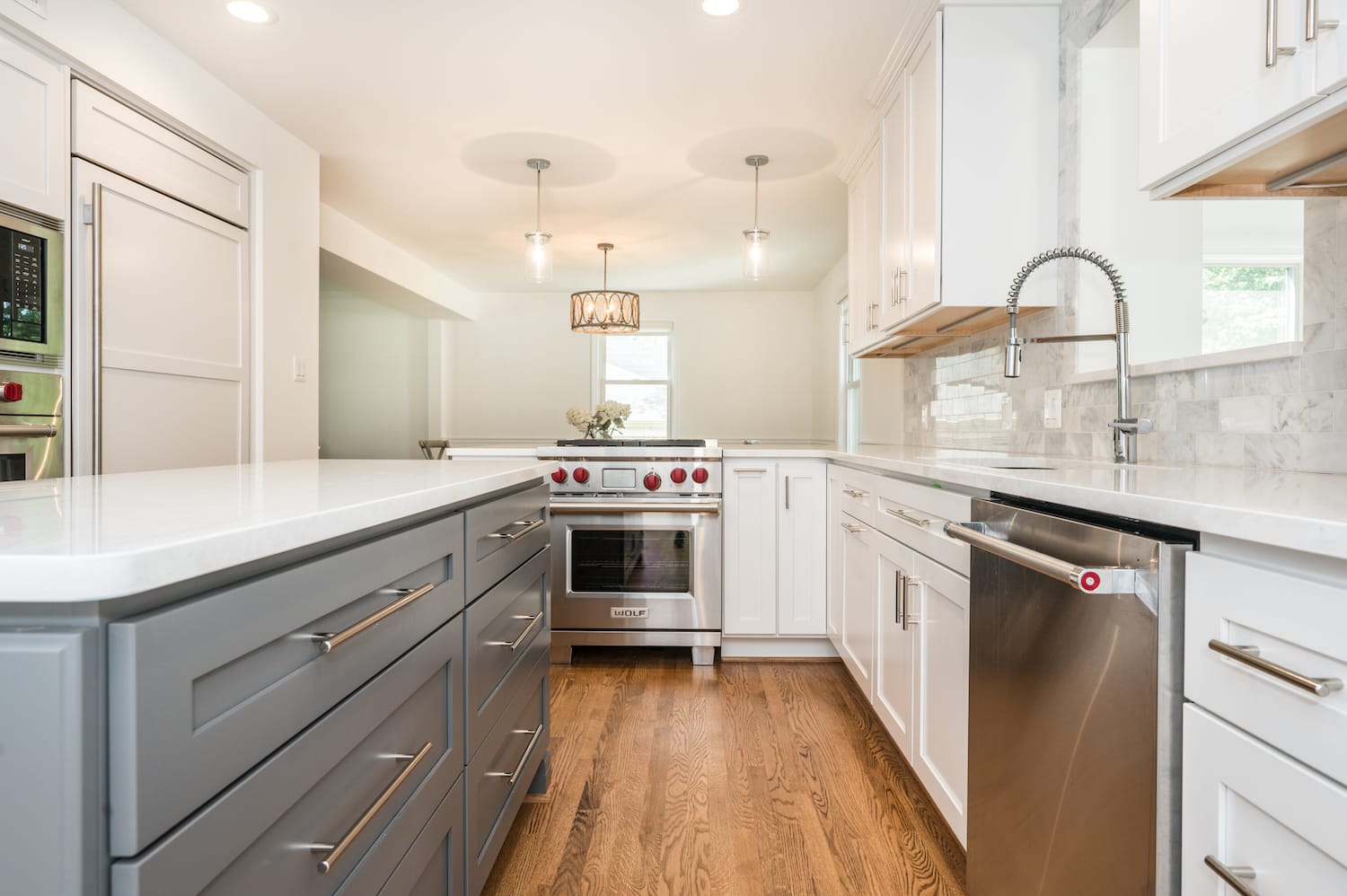

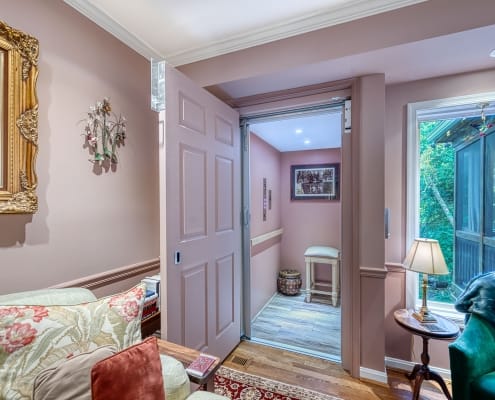
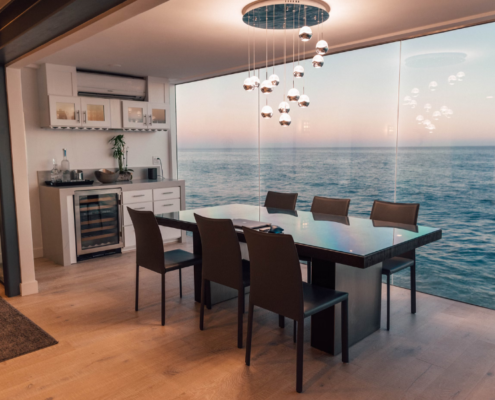
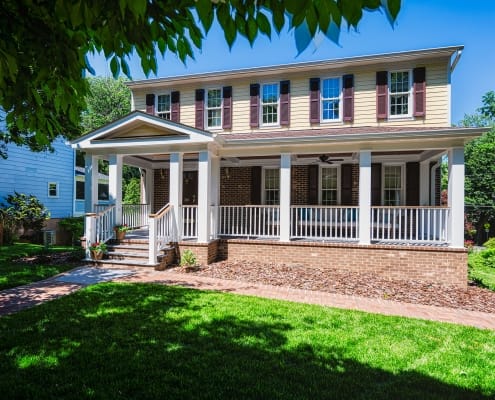





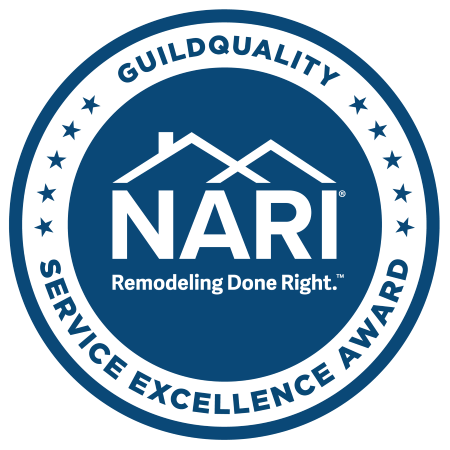




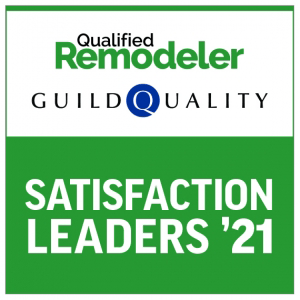

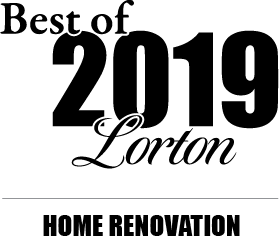




Lead Paint Renovation Repair and Painting Program
/in Cleaning, Design Build, RemodelingLead Paint Renovation Repair and Painting Program
Beginning April 22, 2010, the Environmental Protection Agency will begin enforcing its new Lead Paint Renovation Repair and Painting Program. This program was designed to decrease the risk of lead poisoning in children living in homes under renovation. In 1978, the Consumer Products Safety Commission banned the sale of lead paint to prevent complications from lead paint contamination in homes and schools. Lead paint and specifically dust from lead paint created during renovation projects is extremely hazardous to children under 6 years of age as well as pregnant women. In children, lead has been proven to cause damage to the nervous system and kidneys as well as speech, language and developmental disorders. Pregnant women are at a higher risk of lead exposure and contamination can be passed along to the fetus resulting in miscarriages, low birth weight, premature births and brain damage.
Beginning on this date; Contractors working in homes constructed prior to 1978 when more than 6 square feet of interior or 20 square feet of exterior painted areas are removed or disturbed, must follow the new regulations the new regulations. In addition, all companies working on a project where lead paint has be identified must be certified through the EPA and have at least one Certified Renovator on staff. Below are the necessary steps to properly work on homes constructed prior to 1978:
In Addition to the above steps, the “Certified Renovator” must keep the following information on site in a job file and maintain these records off site for a minimum of 3 years:
It is important to understand that “Certified Renovators” are not trained or certified to be “Abatement Contractors” who can provide lead specific removal but are trained and certified to work safely on projects that may contain lead paint covered materials as part of a renovation or remodeling project.
When searching for contractors to renovate you home, please ask for a copy of their Environmental Protection Agency “Lead-Safe Certified Firm” certificate. Click here for more info.
Aging In Place Remodeling
/in Aging-In-Place Remodeling“Aging In Place”
The comedian George Burns used to open his stand-up act with the line, “I’m very pleased to be here. Let’s face it, at my age I’m very pleased to be anywhere!” It’s a fact many of us try to avoid, but aging is unstoppable. We will hopefully all someday be as George Burns put it – just pleased to be here. This realization brings us to a valid question- wouldn’t you prefer to “be here” in your own home, surrounded by familiar things, and at peace with the knowledge your “golden years” will be spent in a safe and comfortable environment? Aging-In-Place is the ability to live in one’s own home for as long as possible through the incorporation of design principles, telecare and assistive technologies. We at Foster Remodeling Solutions have seen the need for residential design which allows for comfortable aging in one’s own home and have made this is a focus of our design-build firm.
The numbers speak for themselves – in 2008 persons age 65 or older numbered almost 39 million and represented approximately 12.8% of the U.S. population (that’s about one in every eight Americans). It is projected that by the year 2030 this population of 65 plus persons will grow to about 71.5 million or almost 20% of the population. In other words, one in five Americans will be facing the dilemma of how to live out their remaining years in comfort and safety without the trauma associated with being relocated to a family member’s home or an assisted-living facility. This trauma, also known as “relocation stress syndrome”, can lead to health problems and conflicts which could be avoided if the use of Aging-In-Place concepts are able to be incorporated into an aging person’s existing home. What determines the ability to create a functional and livable space for an aging person in their existing home can depend on numerous factors including: the condition of the existing home; the actual health of the individual; the proximity of health services in the local area; the availability of technology for home wiring and systems which will help facilitate an older person living alone in their own home for many years. A professional design-build firm that is trained and up-to-date on the latest products and ideas for Aging-In-Place, such as Foster Remodeling Solutions, is vital to creating a successful project.
Most of the general products and ideas for remodeling or building a home that fosters Aging-In-Place are self-explanatory. In addition, many of the principles used in Aging-In-Place design are also the same used for homes designed to the Americans with Disabilities Act (or A.D.A.) specifications. A.D.A. specifications require minimum hallway and doorway widths as well as required heights for items such as appliances, countertops and toilets. The basic idea is to create a space that allows for: ease of movement; ease of reaching and accessing items in the home; reducing maintenance and care of the home and the yard; creating well-lit spaces; and designing systems within the home for communication, safety and security that are easily operated by the elderly person. Some specific examples are:
Ease of Movement:
Ease of Reaching and Accessing Items in the Home:
Reducing Maintenance and Care of the Home and Yard:
Creating Well-Lit Spaces:
Easily-Operated Communication, Safety and Security Systems:
These are just some of the design ideas that are incorporated into an Aging-In-Place project. A qualified design-build remodeler like Foster Remodeling Solutions can provide the expertise, care and customer attention that a project such as this requires. Aging-In-Place is a concept that will continue to grow and expand as our population ages. It is very likely many of us will be faced with these same challenges in our own homes at some point. For more information visit the National Aging In Place Council’s website at www.ageinplace.org.
For over 30 years, Foster Remodeling Solutions, Inc. has been offering kitchen remodeling, bathroom remodeling, in-law suites and home additions improvement services. Our service area extends to Fairfax, Mclean, Springfield, Woodbridge, Alexandria, Arlington, and Falls Church VA. Request for a FREE CONSULTATION at 703-550-1371 or visit us at 7211 Telegraph Square Dr, Lorton, VA 22079 today!